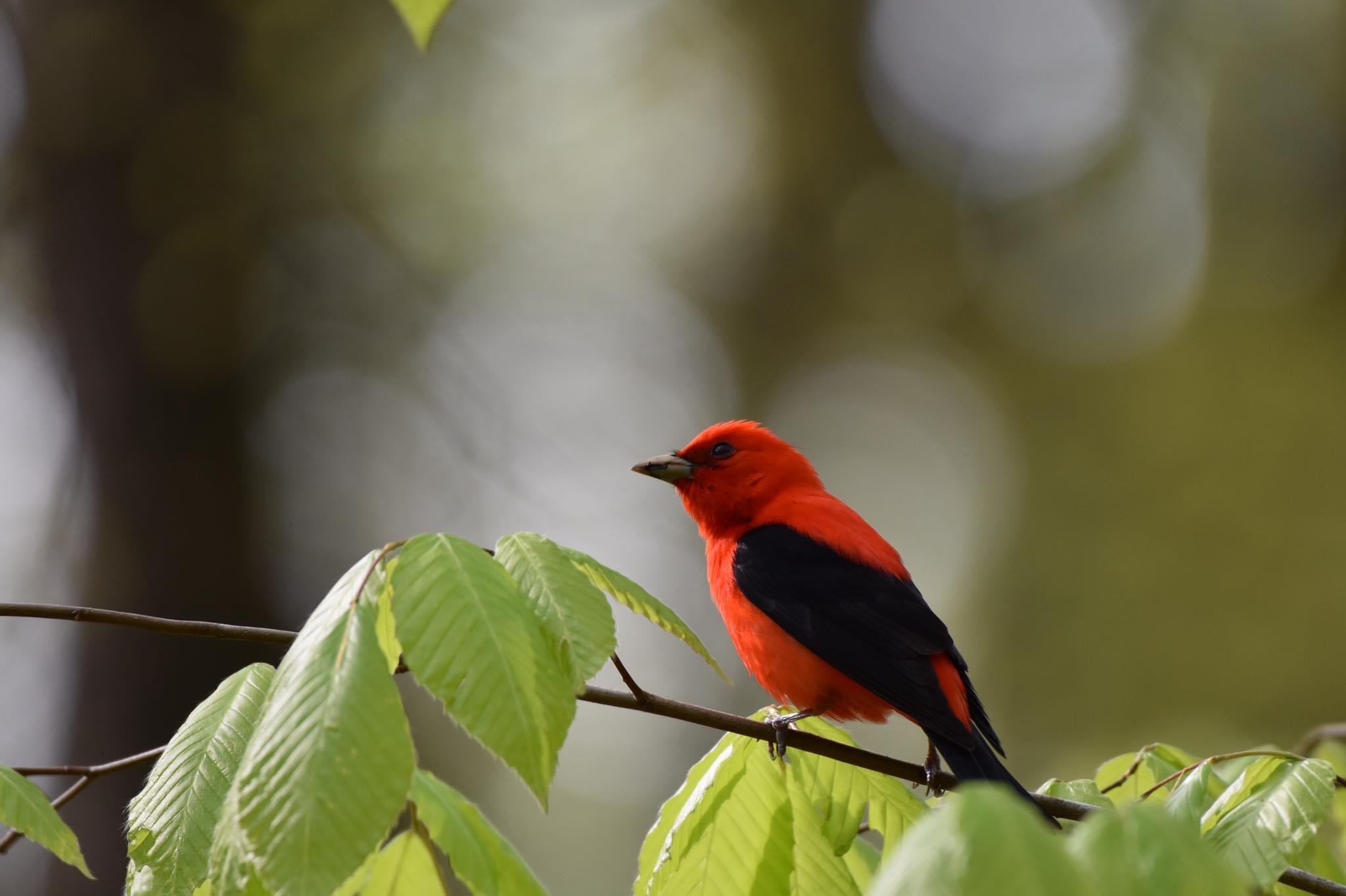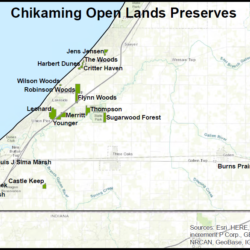
The Early Birds
Posted on May 21, 2020
(photo credit: Kimberly Ramsey)
We have noticed a dramatic uptick in posts on social media with photos of migratory songbirds that everyone is seeing on their walks. As people seem to be getting out into nature more often these days, they are having more opportunities to see these brightly colored birds as they transit through the area heading north.
This got us thinking about how human encroachment on our environment affects bird migration. As we build out subdivisions and shopping centers and the like, we are shrinking songbird habitat. Some birds have stopped migrating altogether, as homeowners plant ornamental bushes or put up bird feeders that supply food during the winter. We know we have been seeing bluebirds throughout the winter in recent years. After all, it’s not the cold that prompts birds to migrate, it’s a reliable food source. Why make that grueling trip if you don’t have to?
And the trip itself is fraught with danger imposed by man-made obstacles. Most songbirds like to travel at night to take advantage of cooler, calmer air and to avoid raptors, but they also navigate using the stars. Light pollution in cities makes this challenging and can throw them off course. Collisions with the windows in tall buildings are also a big problem.
And of course, there’s climate change. A recent scientific study conducted by Colorado State University, the Cornell Lab of Ornithology and the University of Massachusetts found that birds are returning to their nesting grounds earlier in the spring than they were 20 years ago due to climate change. Why? As the temperature warms at their nesting sites, the timing of peak availability of food they need (insects, seeds, ripe berries) changes too. If the birds mess up the timing, they are in trouble.
The good news about this is that the birds seem to be adapting quickly to the realities of a warmer climate—and we mean really quickly! They use instinct to tell them when to head north, and that instinct doesn’t allow for rapid deviations like climate change. They learn this the hard way—by arriving too late. Keep in mind, a bird hanging out in Central America has no clue what the weather is doing here in Michigan in May. But if it arrives here in May, and the peak availability of the bugs they eat was in April, that puts them in jeopardy (also, more bugs. Great.). The birds whose instincts got them here earlier survive and reproduce. The ones who came later, don’t. In the scheme of evolution, 20 years is an absurdly short amount of time for an adaptation like this to occur.
But are they adapting quickly enough? Perhaps not. A staggering report released by the Cornell Lab of Ornithology last year reported that 2.9 billion birds have disappeared from North America over the last 50 years. That’s one in four! Habitat loss and climate change are among the biggest reasons for this alarming decline.
But there are actions we can take to help! Cornell offers seven simple things you can do for birds here.




















